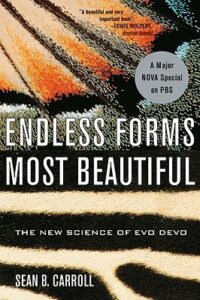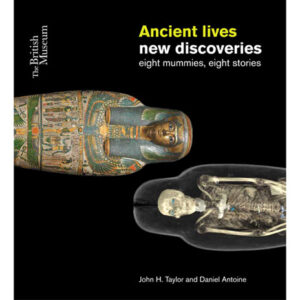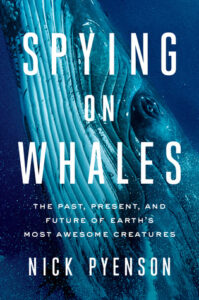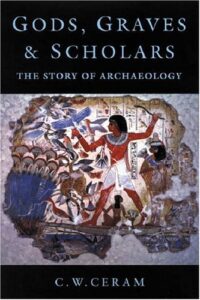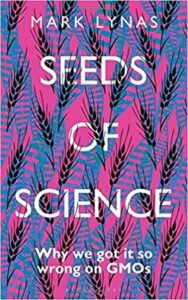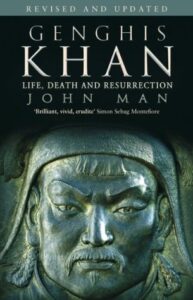 Genghis Khan: Life, Death and Resurrection, John Man
Genghis Khan: Life, Death and Resurrection, John Man
John Man writes good, light, easy to read pop history. I have no illusions that I’m reading about the latest cutting edge discoveries, or that I’m getting a deep critical look at all the possible sources… but a story is woven together that illuminates a bit of history, with a touch of the travelogue as well. I know that it annoys other readers that Man also writes about his experiences while writing a book — where he went for research, the almost-calamities experienced, etc, etc. Still, for a bit of light reading I don’t mind, and it’s certainly easier to digest than something more academic.
Genghis Khan himself is a fascinating subject: the name is so evocative, yet really all it conjured up for me was tent villages and conquest. I didn’t really have a good idea of the Mongol peoples and their context, except dimly refracted through fiction. And well, okay, John Man gives us little snippets of “faction” (as is his wont), but it is based on research and an understanding of what was likely.
So yeah, enjoyable and accessible. I wouldn’t use it as a source for something that needs scrupulous accuracy, but if you’re curious, it should be a good read.

